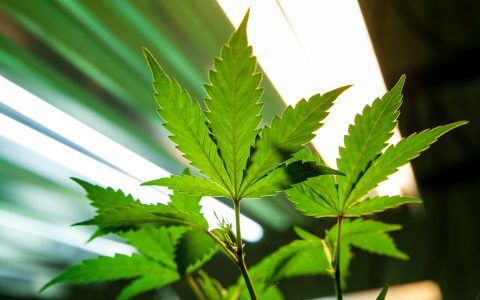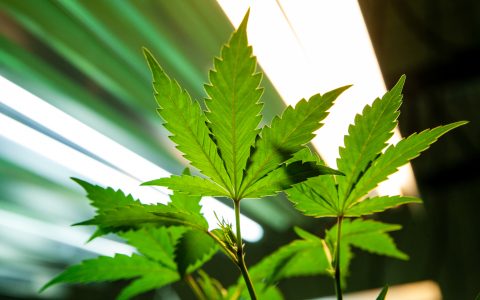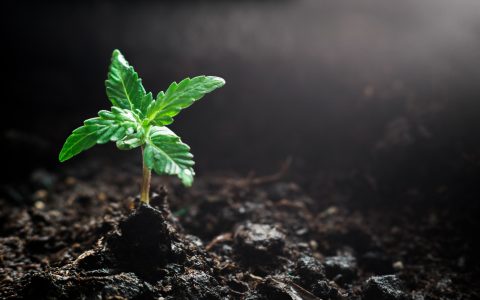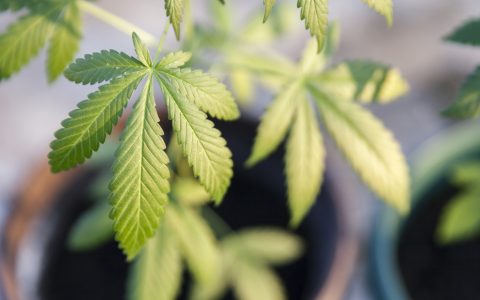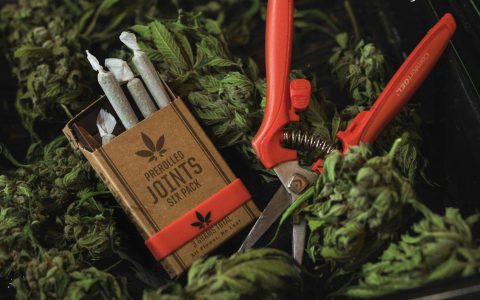Korean Natural Farming (KNF) is a blueprint for an alternative way to farm outdoors among nature. The KNF ethos argues that many growers complicate things by trying to cut back and isolate gardens from nature, whereas KNF encourages farmers to back off and let the surrounding ecosystem join in to help grow top-shelf product.
A lot of farming is done in a way that disrupts nature and growing cannabis is no exception. Following a DIY ethos and espousing a connection to the land, the KNF process works with and incorporates nature into its design and celebrates the simplicity of farming by using local resources and practices to create vibrant gardens.
KNF should be a fun process, and it’s meant to let farmers step back and enjoy growing, and you’ll appreciate your cannabis more.
How Does KNF Work?
Korean Natural Farming strives to create an ideal environment for microorganisms and plants to grow. Certain plants grow best with certain bacteria and fungi. High levels of these are found in old growth forests, while low levels are found in areas with wild grasses, and no bacteria or fungi are found where weeds flourish.
In the middle zone—between old growth forests and wild grasses—is where cannabis plants and other farmed fruits and vegetables thrive.
It’s known that having rich soil with microorganisms is beneficial, but KNF takes the process a step further by using indigenous microorganisms (IMOs) and plants, animals, and minerals from the local environment for feeding cannabis plants.
By using organisms native to the area, farmers are able to work with the surrounding environment to build up the local ecosystem, as opposed to trying to force their own ecosystem into an area where it might not work symbiotically.
Master Cho
The KNF method was developed by Master Cho, born Cho Han Kyu, whose first connection to farming came from helping his parents on their family farm while growing up in South Korea. After finishing primary school, he traveled to Japan to study farming in the mid-1960s.
When he returned to South Korea, he implemented what he learned in Japan, in combination with techniques involving fermentation, to create a new model for farming with a radically different set of rules than what most of us are used to. Since then, the method has been taught to farmers internationally.
The Solutions
KNF is designed around solutions—these are local inputs produced by the farmer. Solutions work like store-bought nutrients and feed, protect, and strengthen your plants.
Different solutions offer different levels of nitrogen, phosphorus, potassium, and micronutrients, to meet the demands of your cannabis plants from seed to harvest.
The nine solutions include:
- Indigenous Microbes (microbes)
- Plant Food (hormones, enzymes, nutrients)
- Stimulant (vinegar)
- Medicine (tinctured herbs)
- Fuel (amino acids, nitrogen)
- Bloom (calcium phosphate)
- Fruit (calcium)
- Mineral (trace minerals)
- Police (lactic acid)
Solutions create readily available food and nutrients for protection of both the soil and the plants. This is done using locally sourced inputs, ranging from fish scraps for the Fuel solution to charred bones for the Bloom solution, which are then extracted into liquid form that can easily be applied to plants and soil via spraying.
Once the solutions are made, you will use varying quantities of each depending on the stage of growth your plants are in. For example, a plant in the vegetative state will use more Plant Food and Fuel solutions, whereas a flowering plant will use more Fruit and Mineral solutions.
What Are the Benefits of Korean Natural Farming?
You’ll save money with KNF, as it relies on producing your own solutions for feeding and caring for your garden. While there definitely is a learning curve, in the long run, you’ll be able to produce your own nutrients for less than it costs to buy them at the store. Additionally, you won’t need to replace your soil or worry about costly amendments.
Weeds, bugs, and diseases appear most commonly in gardens that are missing crucial elements found in a natural environment. By growing with nature, your enemies will look elsewhere to settle.
Growing with KNF will bring you closer to your garden and your surroundings. The process will encourage you to stay present and observe natural trends, allowing you to be a part of something much bigger than your product.
How to Get Started
IMO (indigenous microbes) is the first of the nine solutions and the basis of KNF farming. Your IMO is created by finding soil near your home that is rich with microbial diversity. The goal is to find a place that hasn’t been farmed, tilled, or disturbed.
You can encourage microbes found in rich and diverse soil to develop on cooked rice—this will create a colony that you can transport back to your garden. Once established, you have the ability to introduce this powerful network of microbes into your own garden and can introduce them into your soil to help bring it back to life.
KNF may seem daunting at first. Individuals and organizations like Chris Trump, Master Cho, and Natural Farming Hawaii have articles and videos online that will take you through the necessary steps to get started. Classes and workshops can also help and you can find events near your home, but the internet will be the best way to find resources when it comes to KNF.

